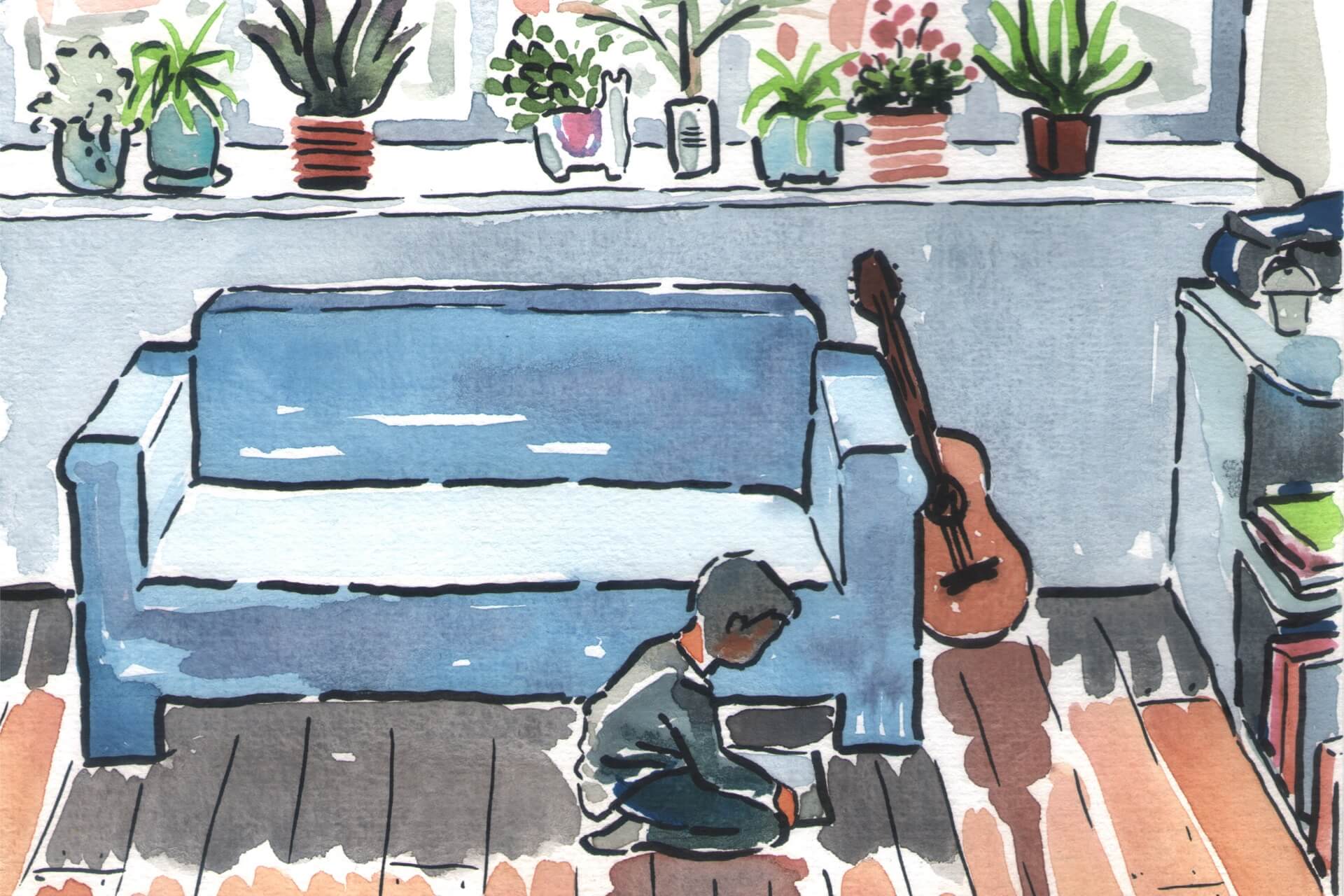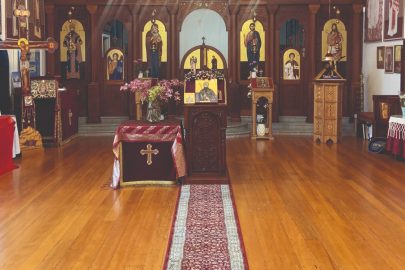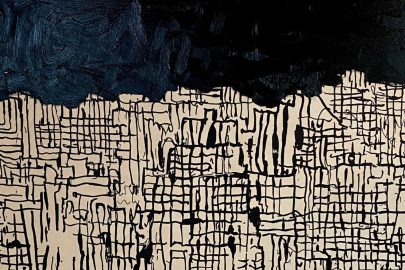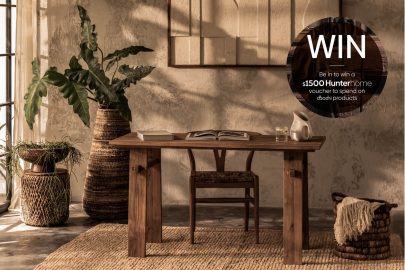Mar 4, 2022 Urban design
Two months into my stay at Waikohanga House I noticed it. The building’s façade was curved ever so slightly. I was leaning against the café on the other side of Symonds
St, wolfing down sushi and looking back at my flat. Its front wall formed a gentle arc, bending away from the road. I was resident in those flats for all of six months, but the temporary abode gave me the freedom I had been dreaming of for the last couple of years. Most of all, it gave my young son and me a home.
I had just emerged from a 17-year marriage. I yearned for my own space to figure out my next steps. Rental prices were outrageous, even in the thick of the pandemic when landlords were supposedly desperate. As a large chunk of my savings had gone into retraining at law school, I couldn’t afford even the discounted rents on offer.
As a last-ditch resort, I wrote to the University of Auckland with the hope that there was a ‘pandemic fund’ I could tap into. Soon after, a young caseworker called to say they had a solution for me. I could rent at the reasonably priced hall Waikohanga House for a short while or until I found new lodgings. I broke down. “Aw, you dear,” said the kind voice over the phone. “When do you want to move in?” “Immediately,” I said. “Tomorrow.”
Waikohanga House opened in 1947 as the Symonds Street Flats. After the Depression, people flocked to the city centre in search of jobs, causing a major housing crisis. The Labour Government responded by investing in social housing. Apartments were very much the exception to the national campaign to produce state houses. Still, apartments were seen as a cost-effective way to provide people with decent housing, a fundamental right. The concept was geared towards pensioners and childless ex-servicemen, a demographic that did not quite fit the mainstream family unit.
Against this backdrop, Frederick Newman, an Austrian refugee architect who fled Nazi-controlled Eastern Europe, was enlisted to design the flats. Newman was known for his socialist-minded designs — he championed multi-unit blocks over monolithic bungalows. With the Symonds Street Flats, he adopted a modernist style — clean, uncluttered and functional.
The flats are made up of two blocks perpendicular to each other, forming a T-shaped footprint on a steep site that leads down to Grafton Gully. So, while the street-facing block appears shallow — only five storeys high — the building’s full eight-storey height can be seen from the rear. There was a materials and labour shortage at the time it was built (is this all sounding very familiar?) so only two of the planned six blocks of flats were completed.
By the 2000s, the flats had not aged well and were on the brink of demolition. Thankfully, the university swooped in and bought the flats to house postgraduate students and all manner of heritage experts were enlisted to make the building at least look worthy of its Category A heritage listing.
Amidst a neighbourhood of callous high-rise shoebox apartments, Waikohanga House appears radically inviting. Flower boxes on each balcony jut out of the building like an open chest of drawers. Besides pretty foliage, the recessed balconies sometimes store cardboard boxes — a reminder of the building’s tenant churn. To enter from
the street side, you cross a short footbridge and into the foyer on the second floor. A bulletin board hosts messages in different languages, to welcome a student community made up of global cultures. The lift is small and slow, so most people opt for the wide and airy stairwell.
For me, that terrazzo stairwell was Waikohanga’s beating heart. It unified the two blocks, and amplified the inhabitants’ comings and goings. Galleries emanated from the stairwell on the southeastern side. Footfalls told me which floors people lived on and whether they had children.
Although it was a transient community, the presence of families with children made it feel less so. I befriended a Sri Lankan couple who seemed to effortlessly juggle PhDs while caring for a newborn. During one of the lockdowns, another young family helped me buy groceries, as I was too sick to go out. When Iranian music legend Mohammad Reza Shajarian died, devastated Iranians hosted a sing-along outside the flats in his memory.
When first occupied, the flats were thought to be cramped. Today, the units surprise you with their expanse. Every friend who visited me remarked that my balcony felt ‘generous’. Since my flat had the street on one side and a gallery on the other, it meant that I had views out windows on both sides of the flat. Try to find a shoebox in the city that does not have one side closed off to views to accommodate a stuffy common corridor!
Unlike the rest of the understated flat, the kitchen walls were splashed yellow. My full-sized refrigerator was always nearly empty because I was not used to catering for
a family of just two. I was so busy with law school deadlines I often subsisted on tinned soups and instant noodles. The side of a floor-to-ceiling kitchen cabinet had a matte black finish that I turned into a blackboard. On it, I composed a mantra for my new single-mother status: “Drink water. Make time for pleasure. Be kind to yourself. Gratitude.”
Any remnants of the lives and stories that filled the old flats would not have survived the refurbishment. But I often wondered about the flat’s former inhabitants. As I mopped over the deep grooves between the original floorboards, I thought about how some of the dust must have stayed in there for decades. My apartment had the original built-in bookshelves that are typical of mid-century design, their rounded corners mirroring the exterior curves of the galleries. Once, I discovered a child’s crayon drawing (probably by a more recent resident) on the underside of the bookshelf — obscured to avoid parental reproach. Thinking about these lives saddened me: like theirs, my stay here would be brief.
I spent my first Christmas as a single mother there. In lieu of a Christmas tree, my son and I foraged bamboo shoots from the gully and decorated the apartment with them. On New Year’s Eve, we had a prime view of the Sky Tower; a unique celebration of living in the city. “The world is so beautiful,” I said to my son as I tucked him into bed that night. He said, “Yes, Mummy, it is.”
During this time, I experienced profound self-love and gratitude. One afternoon, I was seated on the couch, drinking in the sun-drenched windowsill, surrounded by the plants that I cared for. When I had first dreamed of my own place, this was my image of home: plants on a sunny windowsill. I had done it. I thanked myself for making this happen. “By dint of your persistence, vulnerability and smarts,” I said to myself. If I had not doggedly pursued a solution and been vulnerable enough to ask for help, I would not have had my plants and sunny windowsill. In that moment, I gave myself the love and admiration I usually give to the dearest people in my life.
It was a brief period, but I built a life in that flat. In that time, I got to know myself as a person, independent of my roles in life. I learned to adapt to shared parenting, to deliberately ‘waste’ free time, and to design my new self. For a short time, the curve of that building held me in a reassuring embrace. This building revealed to me a barely noticeable arc — in more ways than one.
–






